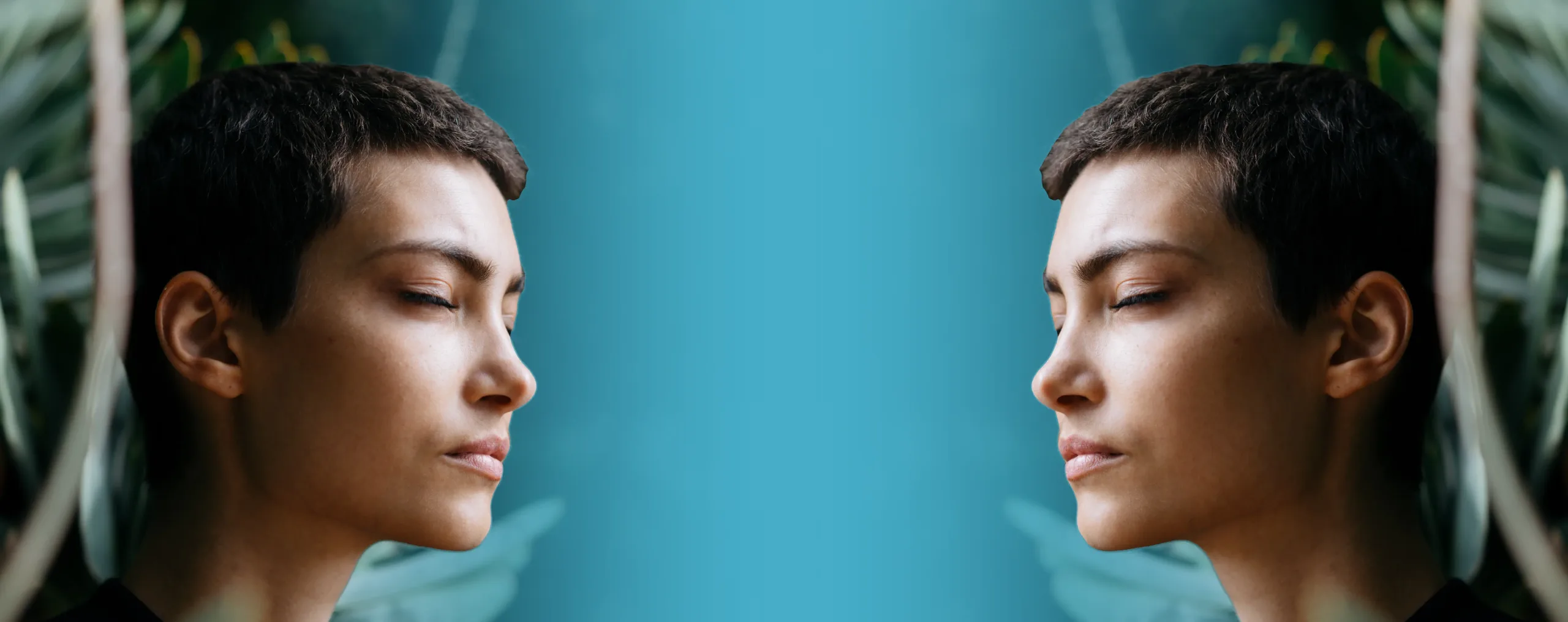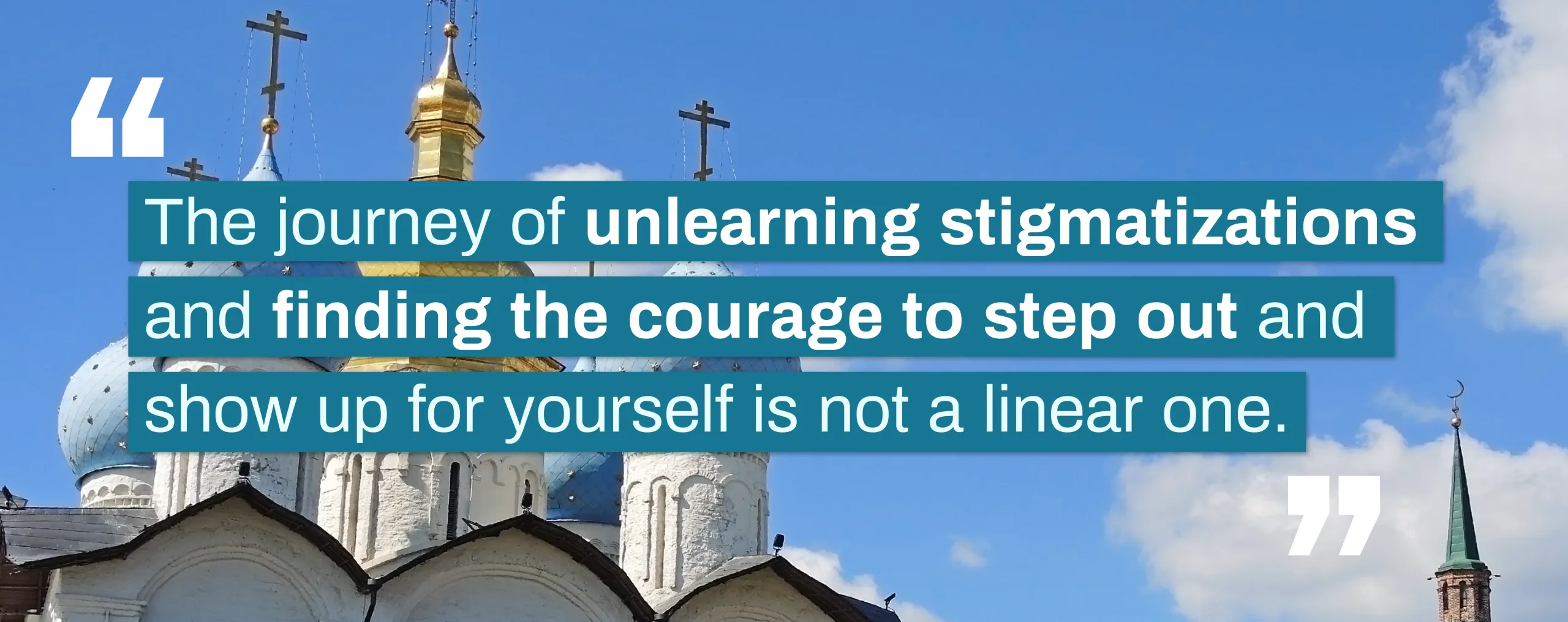At the height of twenty-first-century humanism–that is the prioritization of self-agency over the divine–the idea of “keeping a faith” seems burdensome on our path to enlightenment. “I’m not religious, but I am spiritual,” is a common platitude, suggesting we haven’t completely left but we’re not expected to return any time soon. Talismans left in the suburban towns we grew up in, from the crucifix, mezuzah, to the prayer rug, once served as moral anchorage before exploring the vast terrain of self-identity in our new cities.
What distances oneself more is the stigmatization of faiths stemming from major cultural events: Islamophobia brought on by September 11th, racism and the promotion of capitalism under the guise of evangelism since the 1950s, child abuse in the Catholic Church, and picket waving Calvinists pontificating homophobia under their first amendment right. For most millennials, this shared trauma has left us juggling our need to believe and our desire to know. The irreversible damage brought on by historic events has inspired resignation, radicalization, and has fully compromised our ability to observe religion in the way it’s meant to: out of love for ourselves and one another.

In a 2014 Pew research study, spanning the time between 2007 and 2014, the 70% of Americans who identified as Christian dropped by 8% and Americans who described themselves as an atheist or agnostic jumped by about 6%. The same study also showed a rise in spirituality with poll responses ranging from feelings of “spiritual peace and well-being,” to experiencing a deep sense of “wonder about the universe.” In a way, these statistics provide an increased gradation between the extremities of humanism and devout faith.
There are ways in which spirituality and devotion can meet in the middle. Both faith and secularism involve various rituals, achieving a sense of cleanliness and catharsis. In Sufism, a mystic expression of Islam, the action known as “semi” involves whirling dervishes spinning continuously until they’ve reached a state of euphoria. This sensation is a connection to the divine. Music lovers gather together at concerts and raves to achieve a similar sense of rapture. Similarly, smudging a room with sage–a practice originating from Indigenous people–can provide a similar sense of cleanliness to Catholics’ holy water.

The author and podcaster Malory Nye beautifully compares the path of one’s journey, on his podcast Religion Bites, to driving on a highway. To avoid a collision, we must drive in tandem with other drivers–all of whom have various baggage, speeds, and destinations in tow. Keeping this metaphor in mind inspires self-awareness and the permission to break the cycle of stigmatization. As long as we are mindful of other drivers on the road, we can maneuver through lanes safely.
The journey of unlearning stigmatizations and finding the courage to step out and show up for yourself is not a linear one. After all, the road of excess should lead to the palace of wisdom. The famous excerpt from “William Blake’s The Marriage of Heaven and Hell” proves time and time again that our innermost curiosities are met with the reward of wisdom: a credit towards self-discovery and a life that is honest, versus one that is ideal. But did we ever think about what the road of self-preservation ever led to? Could curiosity be seen as a currency that we could be more mindful of our spending? As the Pew study shows, we have evolved enough to know that keeping or leaving a faith shouldn’t be as black and white. Rituals practiced both religiously and secularly have much to share within this gamut. Ultimately, they provide the same goal: spiritual wellness. To completely negate faith would be a “cruel and long term business,” as Sartre would put it. The course of history and the gradation that has formed is one that can be deemed hopeful in the elimination of stigmatization and radicalization. Therefore providing a middle ground, where growth and cultural preservation–and (dare I say) inter-mixing our faiths and identities–are possible. Our true selves don’t come despite religion; religion just happens to be a wonderful feature.





